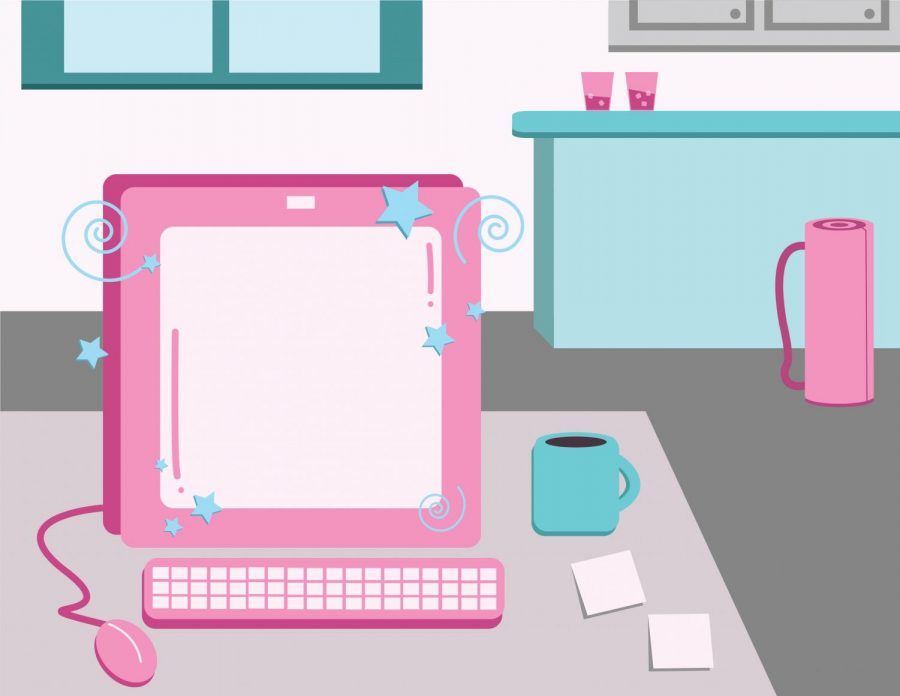Daarstad: Remote education is saving lives
April 25, 2020
Switching to online classes was an important step in reducing the spread of COVID-19, keeping OSU students healthy.
When the email came out informing students that Oregon State University would be halting in-class interactions at the end of week 10 of winter term, there was a lot of confusion, frustration and even some happiness among some students.
With the current threat of COVID-19, OSU decided to implement social distancing protocols and follow other colleges in prohibiting in-person interactions on campus. With the implementation of these protocols, OSU decided to switch to remote learning.
This switch has led to a lot of fear, discontent and complications in the future for everyone within the OSU community. However, there have been positives in this switch to remote learning.
Data, provided by the Oregon Health Authority, is showing that the implementation of such practices is helping slow the spread of COVID-19 in Oregon. By practicing social distancing and staying home, we are helping to flatten the curve and save the lives of those around us.
According to the Institute for Health Metrics and Evaluation, when Oregon hits its peak, it is projected to be under the health-care capacity. The health-care capacity is the number of beds available, including intensive care unit beds and ventilators. If Oregon goes above this capacity, a lot of people could die, whose deaths could have been prevented.
That is the goal, and OSU is doing its part by continuing remote learning. “Even during a pandemic, we can stay on track with our education and graduate on time,” said Bailey Siebrasse, a second-year marketing student at OSU.
Siebrasse said by switching to remote courses, she has had more time to work. There is no more commute to get to class, she can hop online and be in class in less than a minute, Siebrasse said.
Although the transition has been difficult, especially for students who have not taken an online class before, working from home can also be difficult.
Garett Goodlake, a second-year computer science major, said his main struggle is focusing on his Zoom lectures when there is a computer in front of him with a trillion different things to distract himself.
One of the tips he found useful was to treat the Zoom lectures like an in-person lecture he would normally experience on campus. Goodlake does so by having Zoom be the only application open on his computer during the lecture, and trying to not do anything else.
“I found it helpful to treat the online lecture like they are real lectures and get prepared like I’m going to school but for the online lecture. It puts me in the correct mindset,” Goodlake said.
Some more tips are to check Canvas often, finding a quiet place with little distractions and keeping in contact with your professor and classmates by asking questions. These are all things that have helped Siebrasse.
“This term is different from what most of us are used to but if you work hard, you can make it through it,” Siebrasse said.
While the next few months are uncertain and confusing, it’s important to keep in mind the reasons why we are learning remotely. By staying home and taking courses through a screen, we are doing our part in saving the lives of those in our community.






















































































































